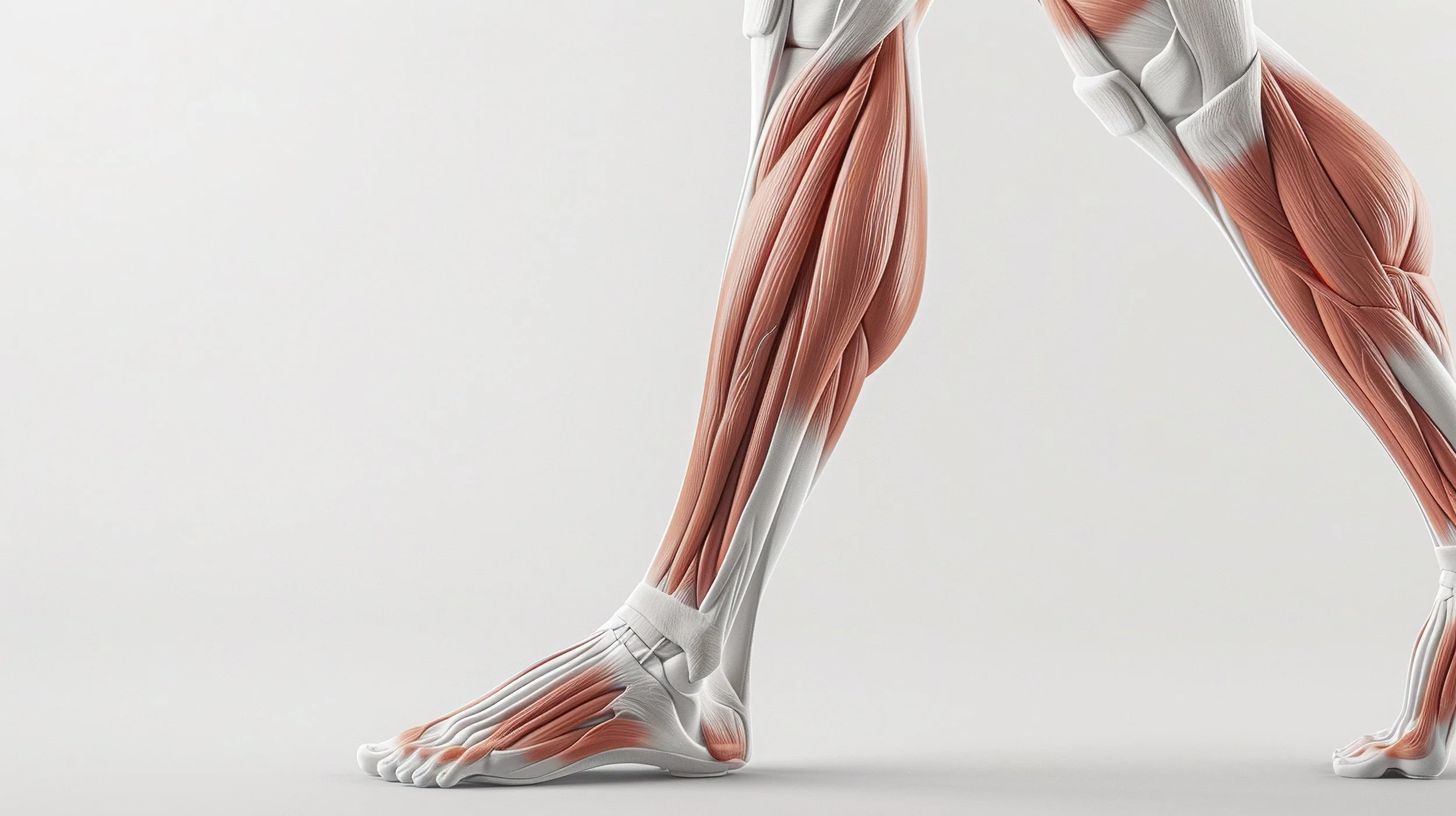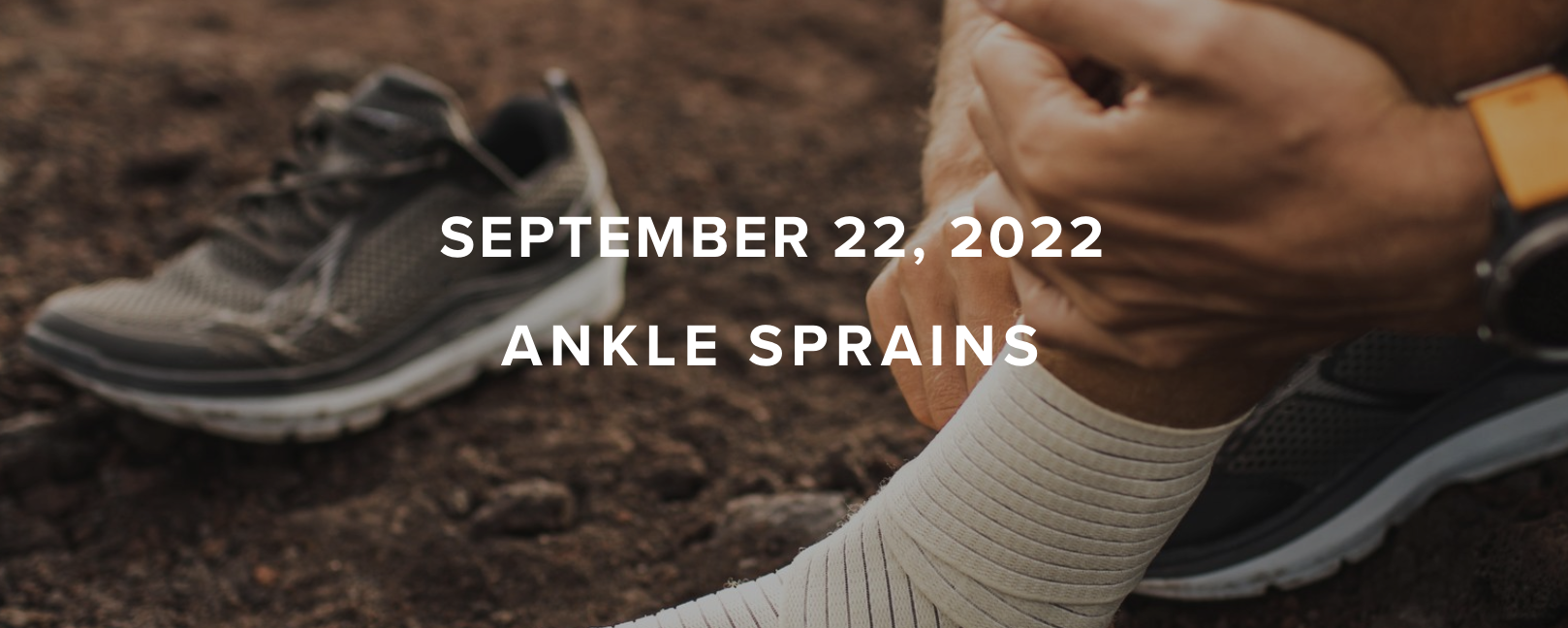Return to football & Shin Splints
Understanding Shin Splints: A Guide for Parents to Keep Young Athletes Healthy During Football Season
As the football season kicks off, young athletes are preparing for the intense demands of the game. From running to cutting, stopping and starting, jumping, tackling, and sprinting, the physical demands of football can be taxing on a young body. One of the most common injuries seen in young athletes, particularly during the early stages of the season, is shin splints.
Shin splints, medically known as medial tibial stress syndrome (MTSS), can be painful and frustrating, both for the athletes experiencing the discomfort and the parents trying to understand how to manage it. As a physical therapist with years of experience working with youth athletes, I aim to provide parents with a comprehensive understanding of shin splints, why they occur, and most importantly, how to prevent and treat them during this critical time of the year.
What are Shin Splints?
Shin splints are characterized by pain along the inner edge of the shinbone (tibia). This condition occurs when muscles, tendons, and bone tissue around the tibia become overworked. Shin splints are common in athletes who engage in activities with a lot of running and jumping, particularly when the body is not yet accustomed to the intensity of the activity.
For young football players, the demands of explosive sprinting, frequent cutting and changing directions, and the constant start/stop nature of the game can lead to stress on the lower legs. Shin splints typically manifest as a dull, aching pain in the front or inner part of the shin, and if not managed properly, they can progress to more serious issues, such as stress fractures.
““There are 4 muscle compartments in the lower leg, each containing several muscles and their attachment to the tibia (shin bone) and fibula (a long, thin bone on the outside of the lower leg). The underlying process that results in MTSS is related to the accumulation of microdamage at the attachment of these muscles to the bone.””
Why Do Shin Splints Occur in Football Players?
There are several reasons why shin splints are prevalent in youth football players, especially as the season starts:
Rapid Increase in Physical Activity: After a summer of relative rest or light activity, many young athletes jump right into intense football practices without adequate preparation. The sudden increase in running, cutting, and jumping places a high demand on the muscles and bones in the lower legs, leading to shin pain.
Improper Footwear: Football cleats are designed to provide traction on the field, but they may not always offer the best support for running and cutting movements. Poorly fitted or unsupportive cleats can contribute to improper foot alignment, which can lead to shin splints.
Running on Hard or Uneven Surfaces: During football season, athletes often run on hard surfaces (such as tracks or turf) or uneven terrain (grass fields). These surfaces increase the impact on the legs, especially when cutting or sprinting, which can contribute to shin pain.
Muscle Imbalances and Weaknesses: Youth athletes may have underdeveloped muscles in their lower legs, which can create imbalances when running, stopping, or jumping. Weaknesses in the calf muscles or the muscles along the front of the shin can increase stress on the tibia.
Improper Training Techniques: Without proper warm-ups, cool-downs, and stretching routines, young athletes are at risk for injuries like shin splints. Inadequate preparation for the demands of the game, including not easing into high-intensity training, can lead to overuse injuries.
Signs and Symptoms of Shin Splints
Shin splints typically develop gradually and are often dismissed as "normal soreness" by young athletes. As parents, it’s important to be aware of the signs so that the condition doesn’t worsen. Here are some common symptoms to watch for:
Pain along the inner part of the shinbone (tibia): This is the hallmark symptom of shin splints. The pain may be more pronounced during or after running and can feel like a dull ache at first but may become sharper with time.
Tenderness or soreness: The area along the shin may be sensitive to touch, and applying pressure can cause discomfort.
Swelling in the lower leg: In more severe cases, swelling may occur along the shinbone.
Pain that worsens with activity: Activities like running, jumping, or even walking may exacerbate the pain. If left untreated, the pain can persist during rest as well.
Preventing Shin Splints: Preparing Your Child for Football Season
Prevention is always better than treatment, and as the football season begins, it's important for parents to help their children ease into the physical demands of the game. Here are some key strategies to prevent shin splints:
1. Gradual Increase in Activity Level
One of the main causes of shin splints is overloading the lower legs too quickly. A gradual increase in activity level allows the muscles and bones to adapt to the demands of running, cutting, and jumping. If your child has had a less active summer, it’s essential to slowly ramp up their activity level in the weeks leading up to the football season.
A gradual conditioning program that incorporates running, sprinting, and agility drills can help prepare their body for the intensity of football. Encourage your child to start with light jogging, and progressively increase speed, duration, and intensity over a few weeks.
2. Strengthening and Stretching Exercises
Strengthening the muscles that support the shinbone, such as the calf muscles and the muscles along the front of the shin, can reduce the likelihood of shin splints. Include specific strengthening exercises like:
Calf raises: These exercises target the calf muscles, which play a critical role in absorbing the impact of running and jumping.
Toe raises: Toe raises help strengthen the muscles along the front of the shin, reducing the stress on the tibia during running and cutting.
Foot and ankle exercises: Strengthening the muscles around the foot and ankle improves stability and reduces the risk of improper foot alignment, which can contribute to shin splints.
Stretching is equally important. Focus on stretching the calf muscles, hamstrings, and Achilles tendons. Encourage your child to stretch before and after practices or games to keep their muscles flexible and reduce the risk of injury.
3. Proper Footwear
Wearing the right footwear is essential for preventing shin splints. Football cleats should fit well and provide adequate support for your child’s feet. Consider cleats with good arch support, and ensure that they aren’t too tight or too loose. If your child has flat feet or high arches, custom orthotics may be recommended by a healthcare professional to provide additional support and alignment.
It’s also helpful to have a pair of running shoes that offer proper cushioning and support for off-field conditioning and training. Cleats alone may not provide enough shock absorption during long runs or intense sprints.
4. Incorporating Cross-Training
Cross-training is an effective way to build endurance and strength without putting constant strain on the lower legs. Encourage your child to incorporate low-impact activities like swimming, cycling, or rowing into their training regimen. This can help improve cardiovascular fitness while giving their legs a break from the impact of running and sprinting.
5. Proper Warm-Up and Cool-Down
A proper warm-up prepares the body for the demands of football by increasing blood flow to the muscles and improving flexibility. Before practices or games, encourage your child to engage in dynamic stretches (like leg swings, high knees, and lunges) and light jogging to gradually elevate their heart rate.
Similarly, cooling down after activity is crucial for reducing muscle stiffness and promoting recovery. Static stretching (such as calf stretches and hamstring stretches) should be part of the cool-down routine to help the muscles relax and prevent tightness.
6. Avoiding Overtraining
While it’s important for your child to practice and condition for football, overtraining can lead to injuries like shin splints. Monitor the intensity and duration of their workouts and ensure they are getting enough rest between practices. Rest days allow the body to recover and reduce the risk of overuse injuries.
““Remember, football is a demanding sport, and young athletes need time to adjust to its physical demands. By taking a proactive approach to injury prevention, you can ensure that your child enjoys a successful and injury-free season on the field.” ”
Treating Shin Splints
If your child starts experiencing shin splints despite your preventive efforts, it’s important to take action quickly to prevent the condition from worsening. Here are some key treatment strategies for shin splints:
1. Rest and Activity Modification
Rest is the most important treatment for shin splints. Encourage your child to take a break from high-impact activities (like running and jumping) to allow the shinbone and surrounding tissues to heal. While complete rest may not be necessary, modifying activities to lower-impact exercises (like swimming or cycling) can help maintain fitness while reducing strain on the shins.
2. Ice Therapy
Applying ice to the affected area can help reduce pain and inflammation. Use an ice pack wrapped in a thin cloth and apply it to the shins for 15-20 minutes several times a day, especially after activity.
3. Stretching and Strengthening
Continue with gentle stretching and strengthening exercises, even during the recovery period. Focus on stretching the calf muscles and Achilles tendon, as tightness in these areas can contribute to shin splints. Strengthening the muscles around the shin and ankle can help support the healing process and prevent future injuries.
4. Gradual Return to Activity
Once the pain subsides, your child can gradually return to their regular activities. It’s important to ease back into running and football drills slowly to avoid a recurrence of shin splints. Start with light jogging on soft surfaces and gradually increase the intensity as their body adjusts.
5. Physical Therapy
If the shin splints persist or become severe, consider consulting a physical therapist. Physical therapists can develop a personalized treatment plan that includes manual therapy, strengthening exercises, and modifications to your child’s running technique. They can also assess any underlying biomechanical issues that may be contributing to the problem.
When to See a Doctor
While shin splints are usually manageable with conservative treatments, there are cases where medical attention may be necessary. If your child’s pain is severe, doesn’t improve with rest, or is accompanied by swelling, it’s important to consult a doctor. Persistent pain could be a sign of a more serious condition, such as a stress fracture, which requires medical evaluation and treatment. Your Physical Therapist will help guide you on this decision and communicate with your general practitioner or a sports medicine physician.
Conclusion
As a parent, understanding shin splints and how to prevent and treat them is crucial for keeping your child healthy during the football season. By gradually increasing their activity level, incorporating proper stretching and strengthening routines, ensuring they have the right footwear, and encouraging rest and recovery, you can help reduce the risk of shin splints and other overuse injuries.
Remember, football is a demanding sport, and young athletes need time to adjust to its physical demands. By taking a proactive approach to injury prevention, you can ensure that your child enjoys a successful and injury-free season on the field.
MORE WEBINARS
MORE BLOGS
AUTHOR:
Ben Wobker, PT, MSPT, CSCS, SFMAc
LWPT Founder & Director
CONTRIBUTORS:
Ben Wobker, PT, MSPT, CSCS, CFSC, SFMA
Founder & Director Lake Washington Physical Therapy
Dr. Johnathan Hall, MD
Orthopedic Surgeon ProOrtho
Dr. Dayne Mickelson, MD
Orthopedic Surgeon
Katie Hall, PT, DPT, OCS, COMT
Physical Therapist
Sources:
Shin Splints. Mayo Clinic. 2020. Web. https://www.mayoclinic.org/diseases-conditions/shin-splints/symptoms-causes/syc-20354105
McClure CJ, Oh R. Medial Tibial Stress Syndrome. StatPearls. Treasure Island (FL): StatPearls Publishing; 2020 Jan-. Available from: https://www.ncbi.nlm.nih.gov/books/NBK538479/
Galbraith, RM and Lavallee, ME. Medial Tibial Stress Syndrome: Conservative Treatment Options. Curr Rev Musculoskelet Med. 2009 Sep; 2(3): 127–133. doi: 10.1007/s12178-009-9055-6.
Winkelmann, ZK; Anderson, D; Games, KE; and Eberman, LE. Risk Factors for Medial Tibial Stress Syndrome in Active Individuals: An Evidence-Based Review. Journal of Athletic Training. 2016; 51(12):1049-1052. doi: 10.4085/1062-6050-51.12.13.
Barton cj, Bonanno dr, Carr j, Neal bs, Malliaras p, Franklyn-miller a, Menz hb. Running Retraining to treat lower limb injuries: a mixed-methods study of current evidence synthesised with expert opinion. br j sports med. 2016 feb 16. pii: bjsports-2015-095278. doi: 10.1136/bjsports-2015-095278. [epub ahead of print] review. pmid:26884223
Luedke le, Heiderscheit bc, Williams ds, Rauh mj. Influence of step rate on shin injury and anterior knee pain in high school runners. med sci sports exerc. 2016 jan 26. [epub ahead of print] pmid: 2681815
Willy rw, Buchenic l, Rogacki k, Ackerman j, Schmidt a, Willson jd. In-field gait retraining and mobile monitoring to address running biomechanics associated with tibial stress fracture. scand j med sci sports. 2016 feb;26(2):197-205. doi: 10.1111/sms.12413. epub 2015 feb 4. pmid: 25652871
Breen dt, Foster j, Falvey e, Franklyn-miller a. Gait re-training to alleviate the symptoms of anterior exertional lower leg pain: a case series. int j sports phys ther. 2015 feb;10(1):85-94. pmid:25709867













